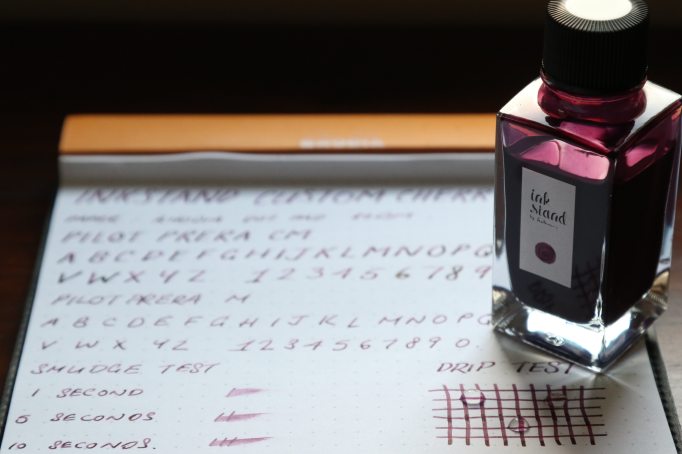
Inkstand by Kakimori is a store that is situated right next to Kakimori in the Taito district in Tokyo. Kakimori specializes in offering customised notebook binding offerings in their main store and next door, Inkstand is their customized ink offering store where customers are allowed to mix their own colours and have them produced in larger volumes for purchase by the staff there once they are happy with the colours.
To get started, first you need to book – either on their website in Japanese or via email in English. Once confirmed, they will send you out a little flyer which explains a little bit about the inks themselves.
When we arrived, the lovely staff very quickly explained the process and left us to it. Essentially, there are a number of inks which with you can mix colours, use a maximum of 3 colours and keep track of the drops that you have mixed. Clean your stirrer and pen in between and that’s pretty much it.
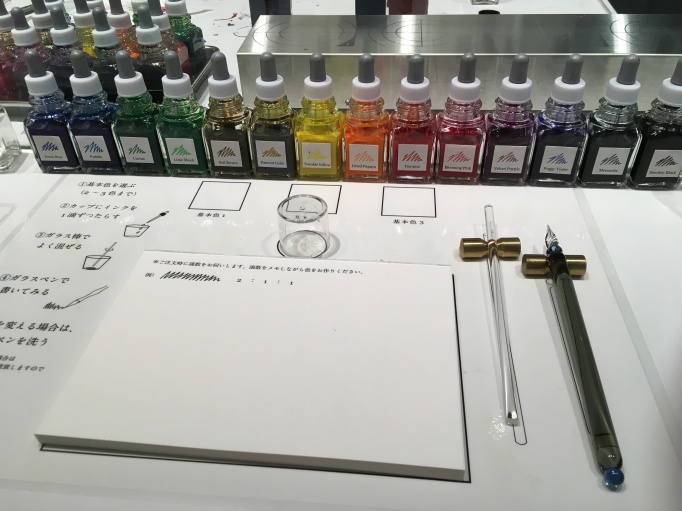
There is a 1:1 colour chart included at each workstation and some example colours with ratios to give you some guidance on colours mixed as well. I didn’t take too many photos during the process because I jumped straight into the process.
Once you are happy with your colour, the team at Inkstand will confirm the ratios with you before getting started on the production process which took about 40-45 minutes.
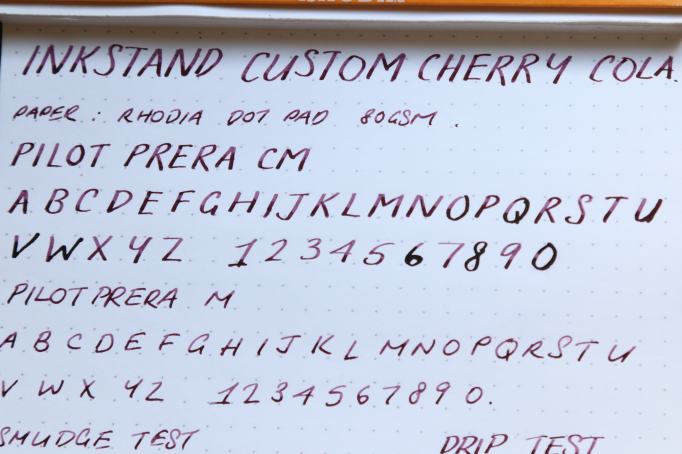
The colour I’m mini-reviewing we have nicknamed “Cherry Cola” in our house and was a colour my husband mixed up for me, knowing that I’m into my purples at the moment. Why a mini-review? Because the disclaimer Inkstand sent out about pigment inks made me too scared to use this ink in my more expensive fountain pens and I wanted to use them in pens that could be completely disassembled and cleaned in the sonicator if needed.
The ink seems to be pretty water fast – I left drips of water on the page for about 10-15 minutes and the ink did not streak at all during this time.
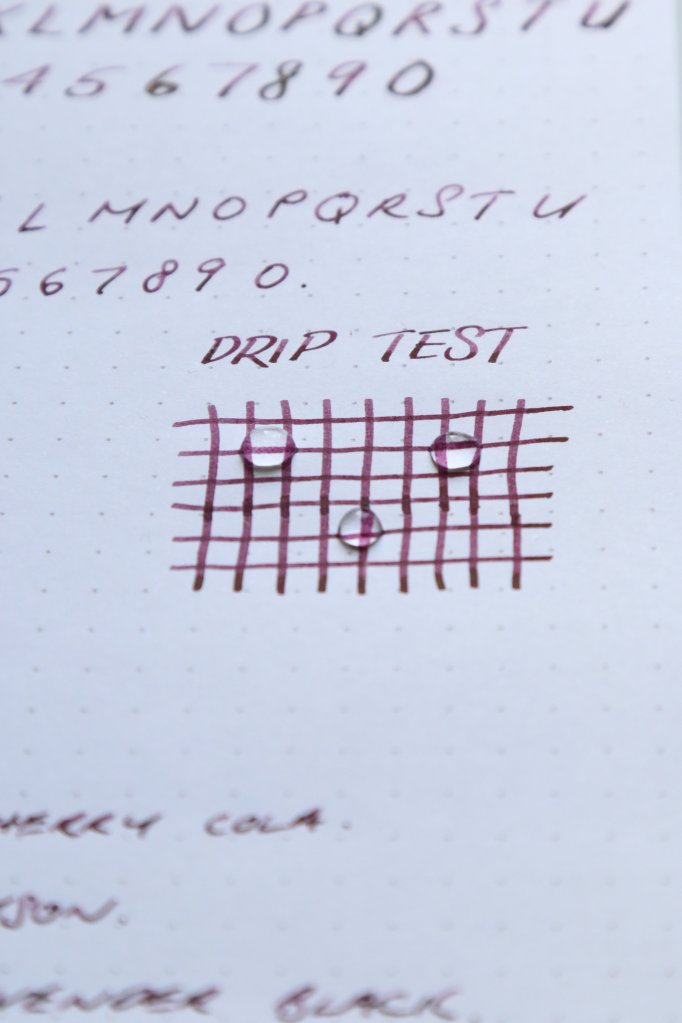
Shading wise, there’s a little bit of shading on the ink but not too much as the colour is reasonably saturated. Its worth noting that the ink “blobbed” out in the upstroke on the “6” in the following photo, but that seems to have only happened in the CM nib – I didn’t have any issues with it in the normal Medium nib,

From a colour point of view, its pretty unique in my collection – I’ve been ramping up my purple inks lately but I have nothing that comes close to this colour. I wonder if KWZ Brown pink would be similar however?

Given how colour fast the ink is from the drip test, I’m not likely to be inking this in my Nakayas anytime soon, but will make good use of them in my Pilot Metropolitans.

The ink cost about AUD$30 a bottle for 33 ml. The process was pretty fun and a unique experience, but this would not be the most cost effective way to ink up your pen. Some additional tips for the process would be – the diluting fluid is separate and the team can’t incorporate this into your mixture so leave it out; also make sure your drops are reasonably consistent sizes otherwise your ratios will be off.








































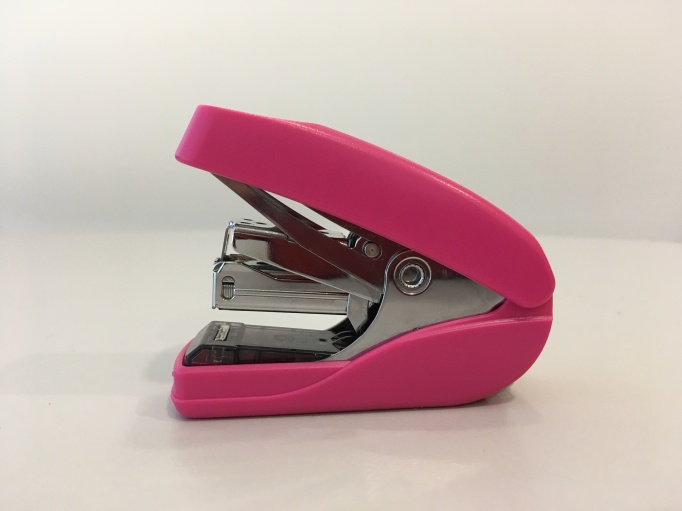

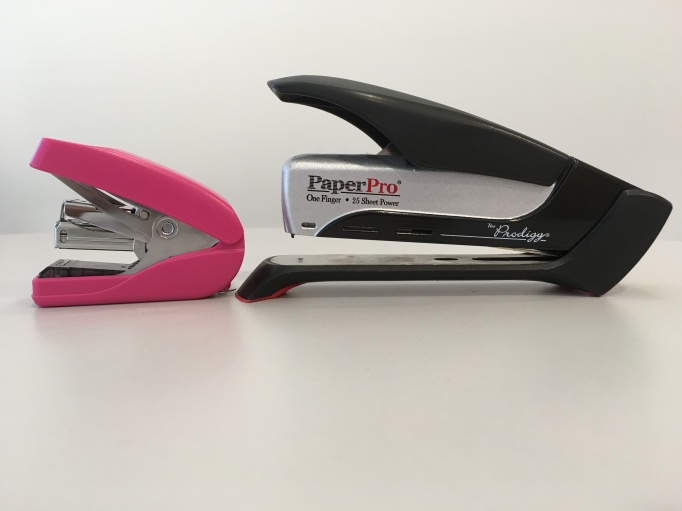
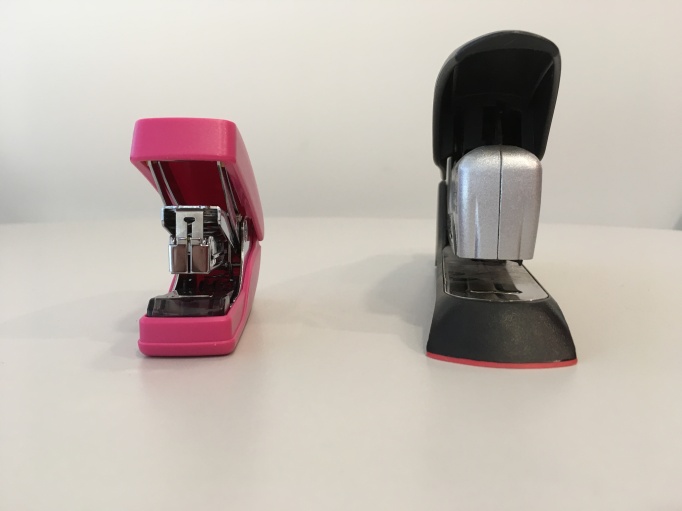




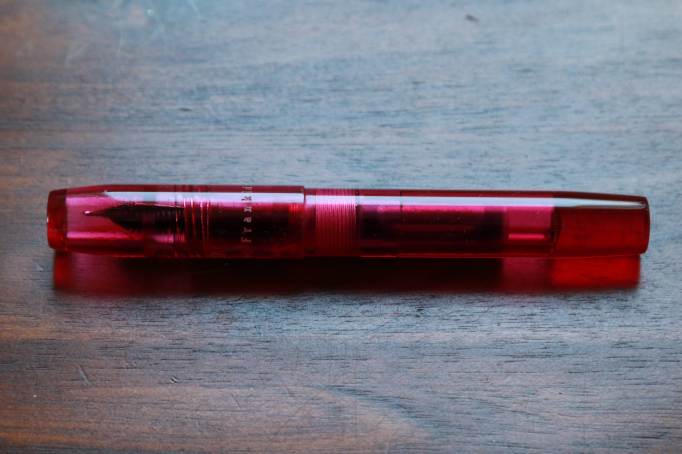
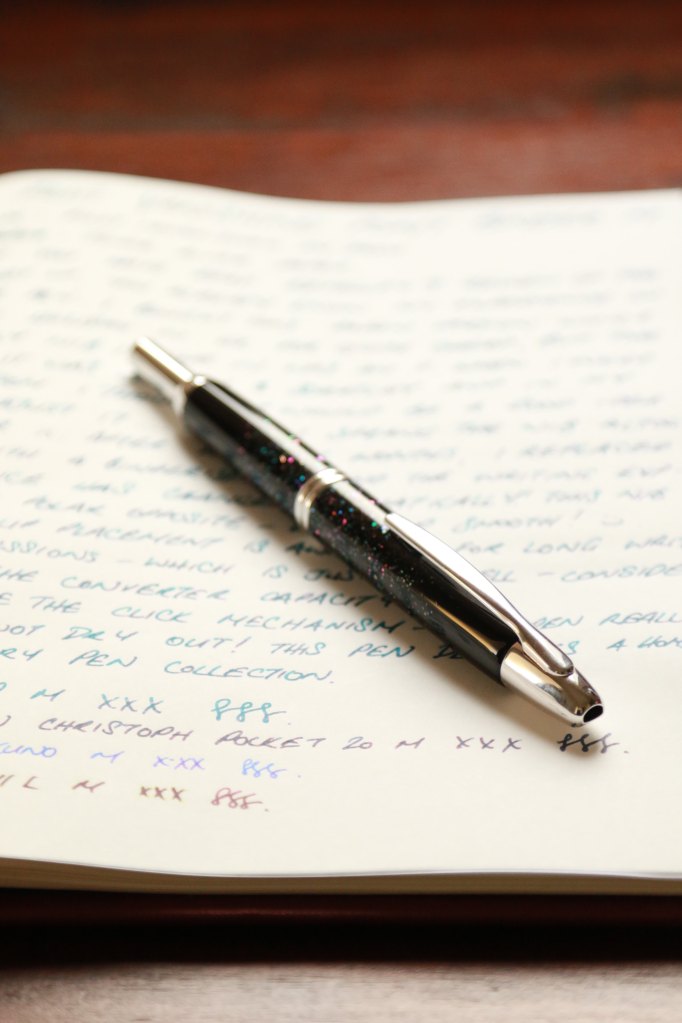
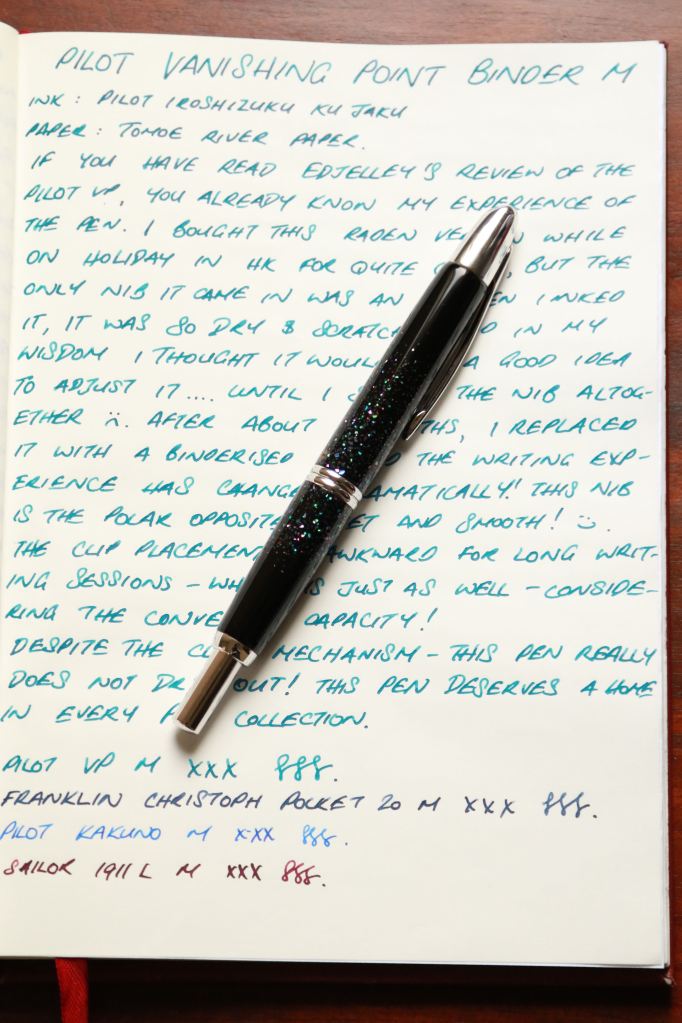

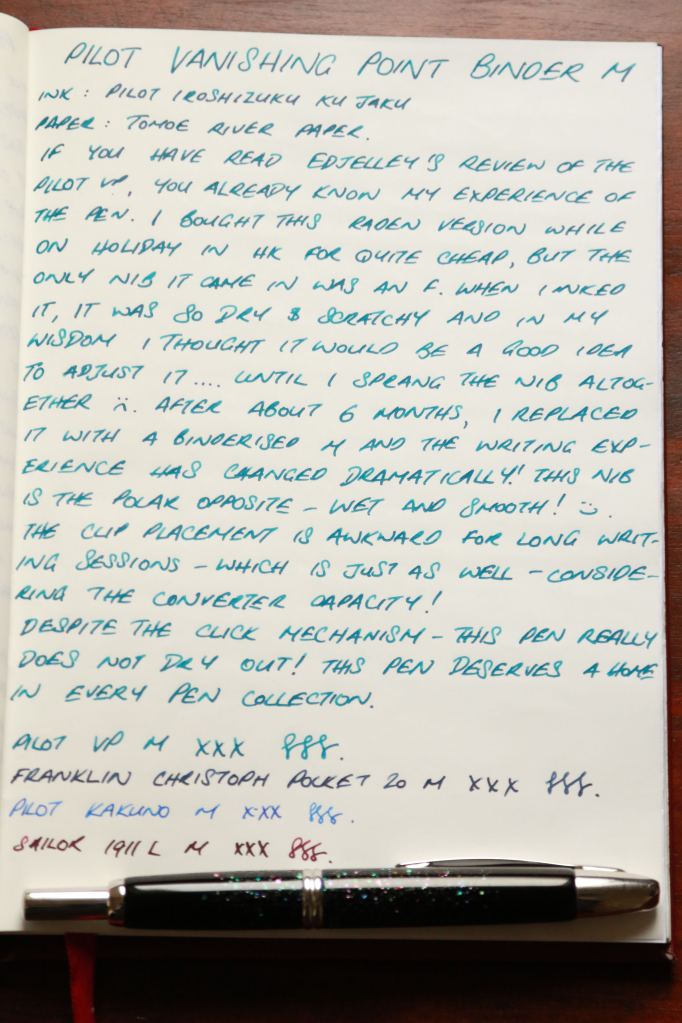
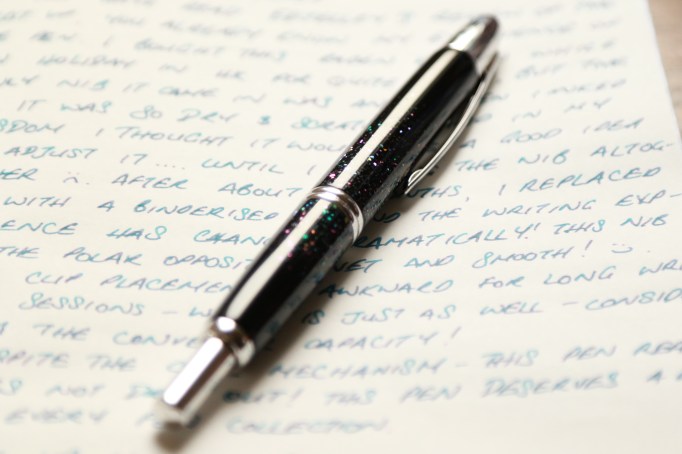

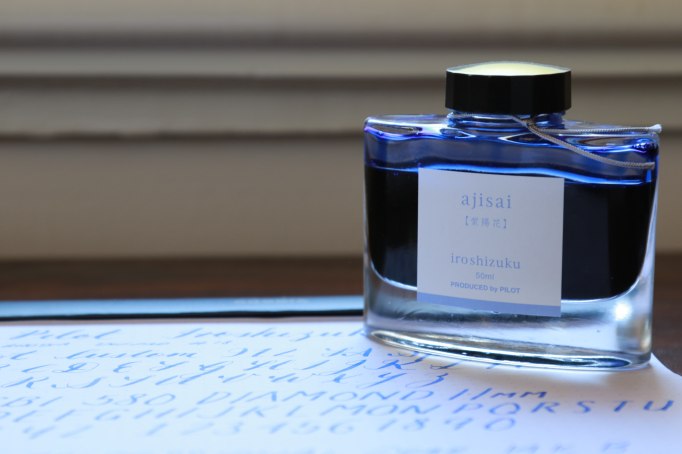
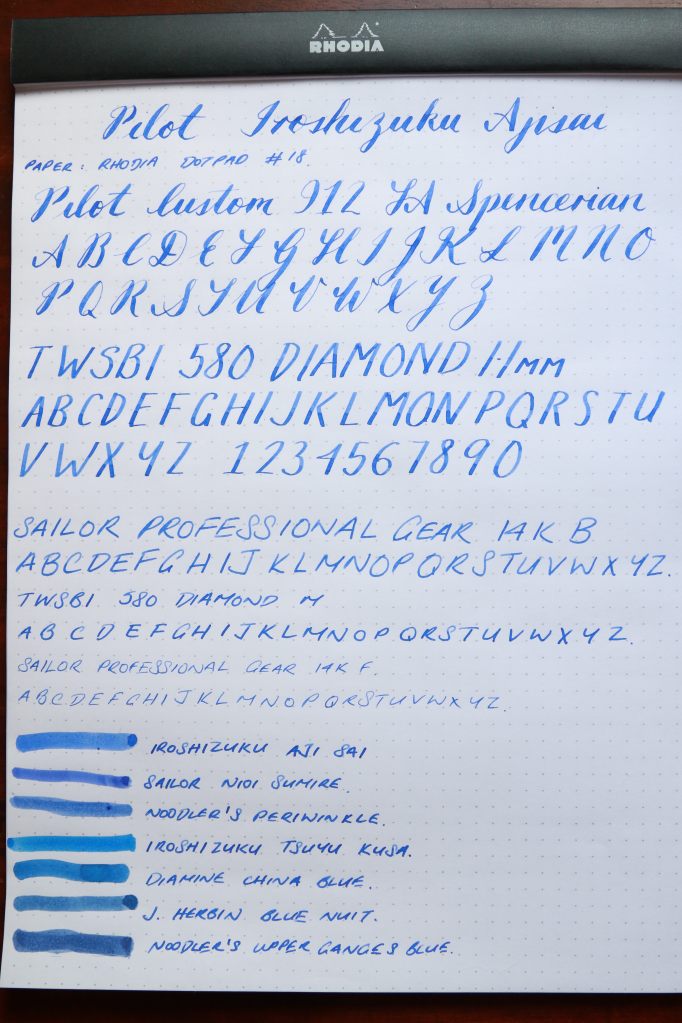



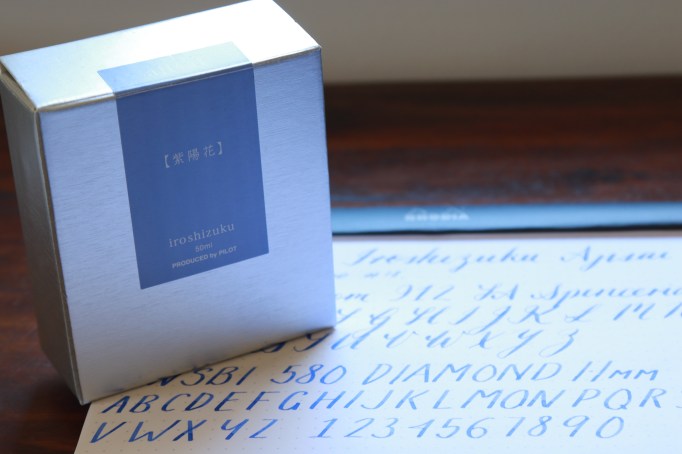

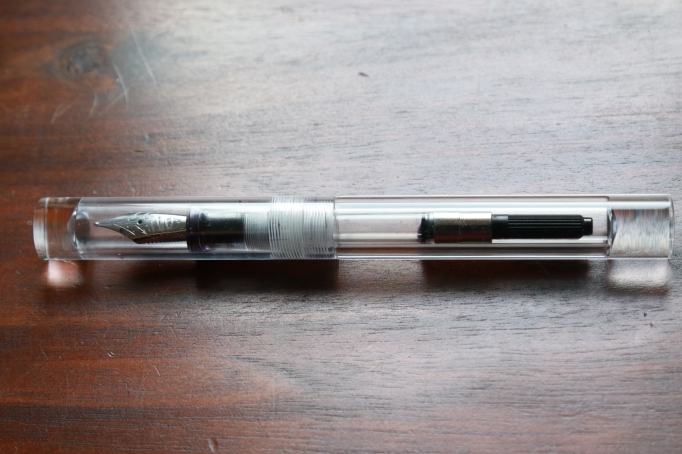
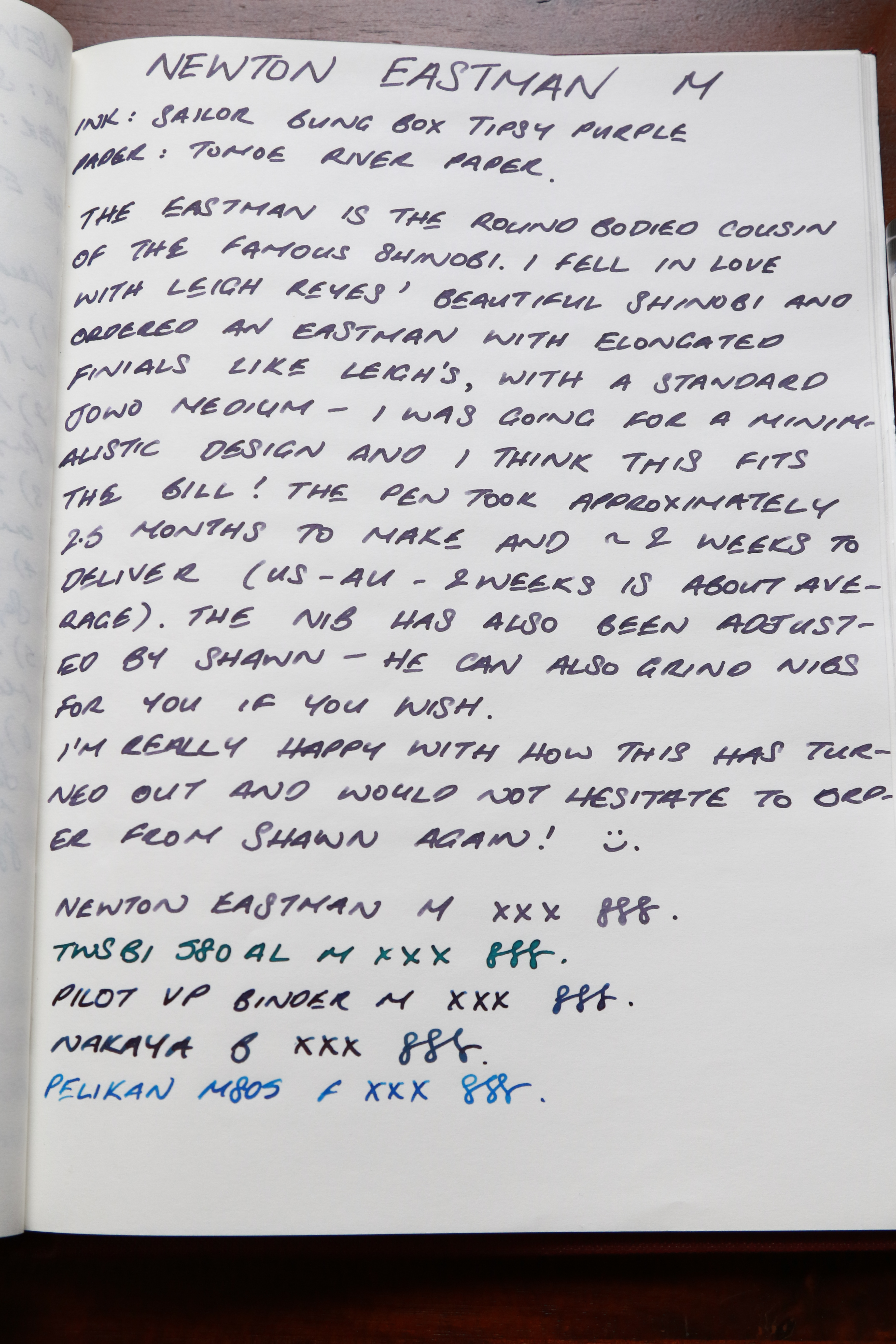
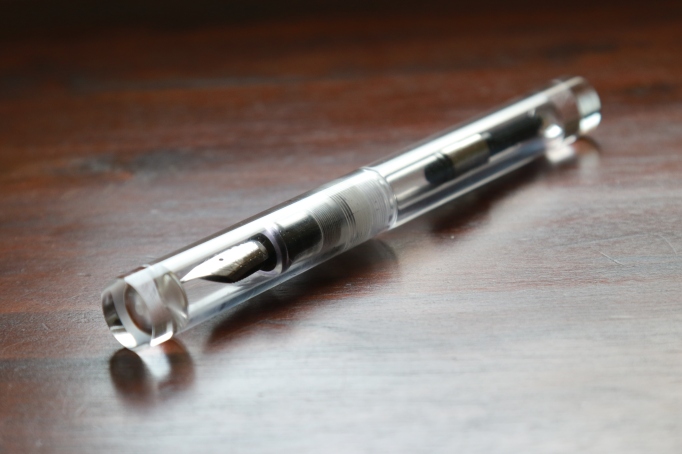
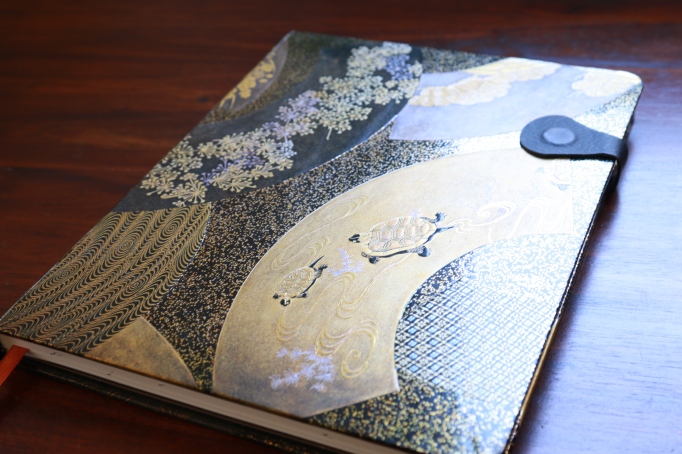
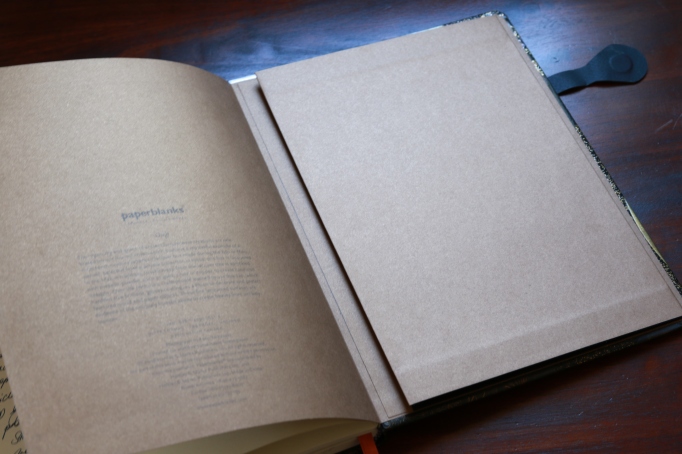
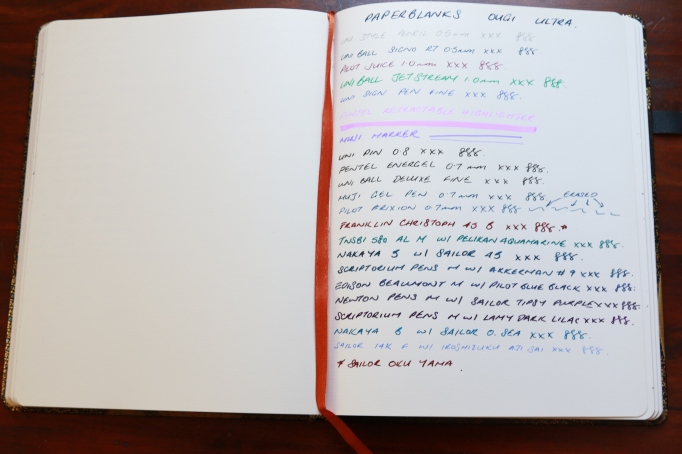
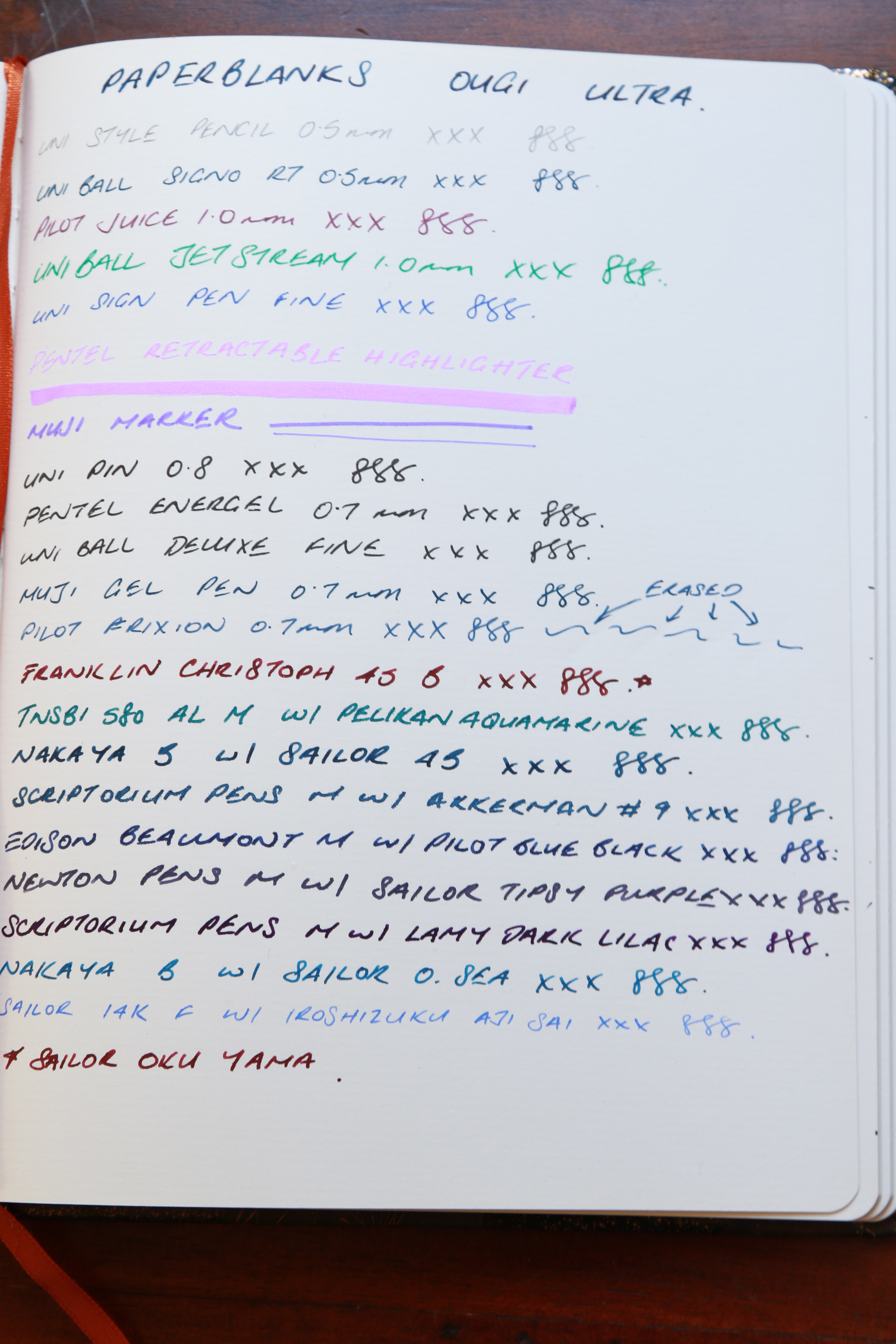
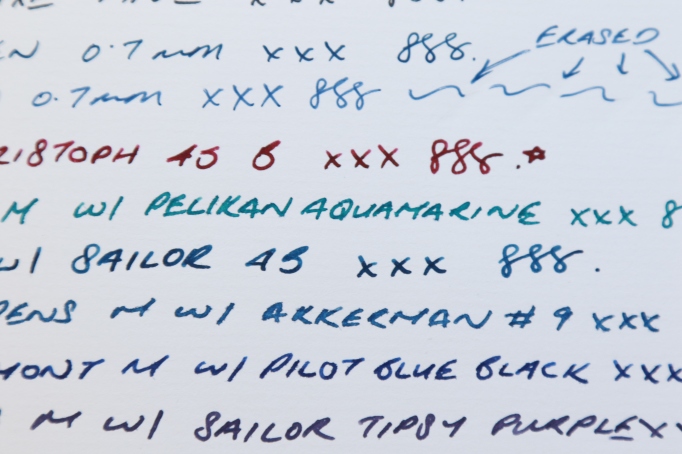
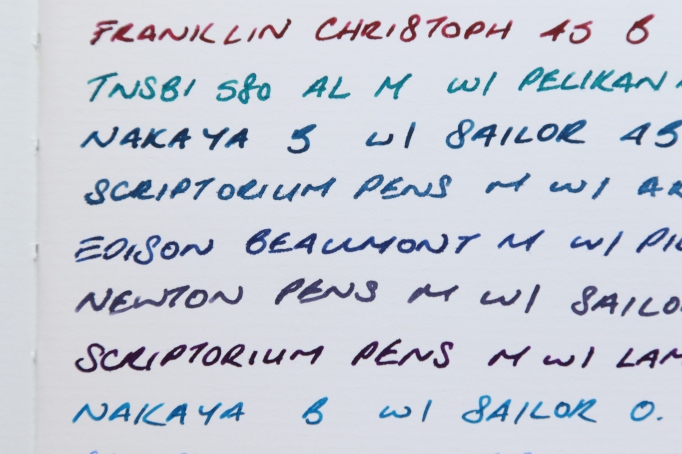
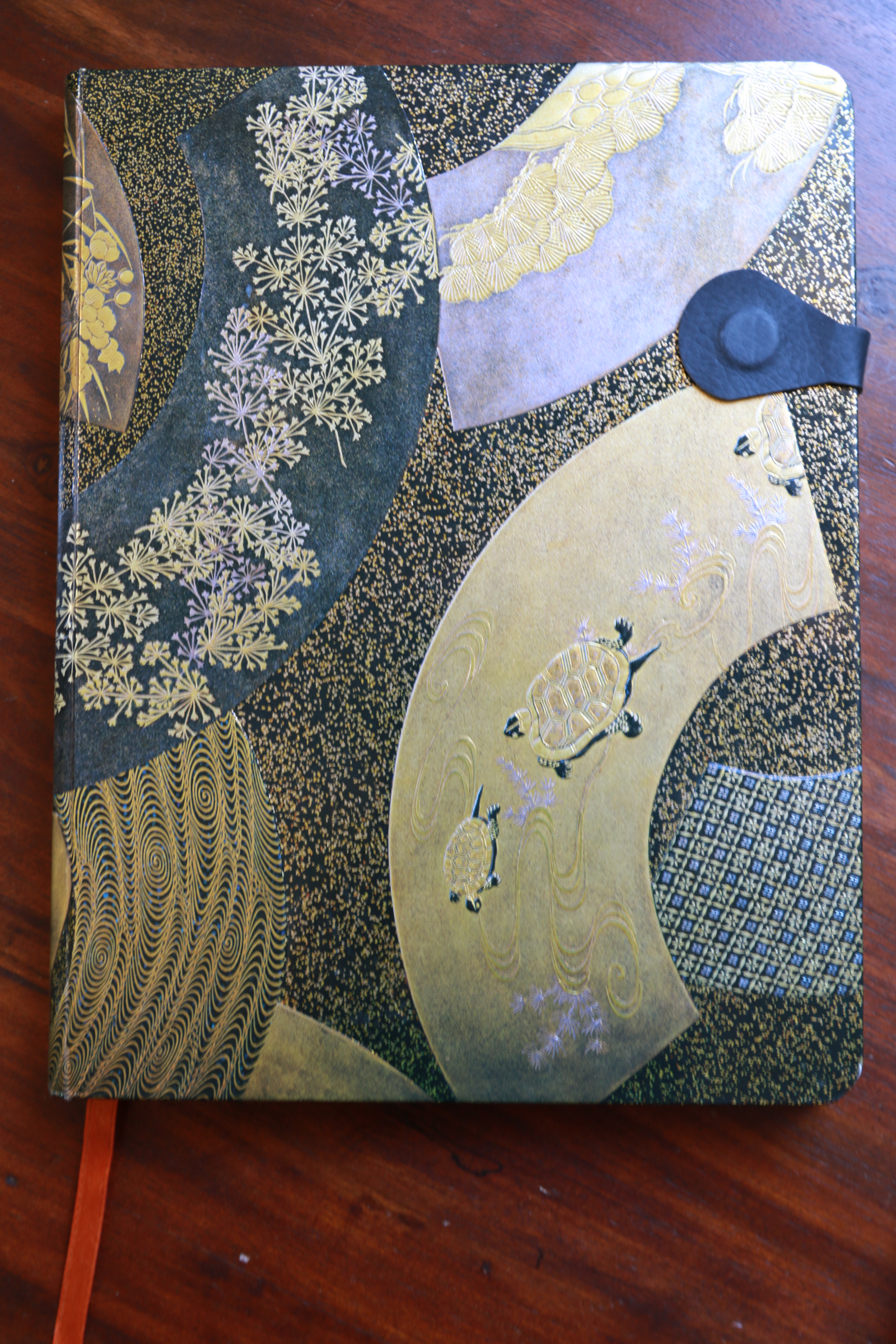
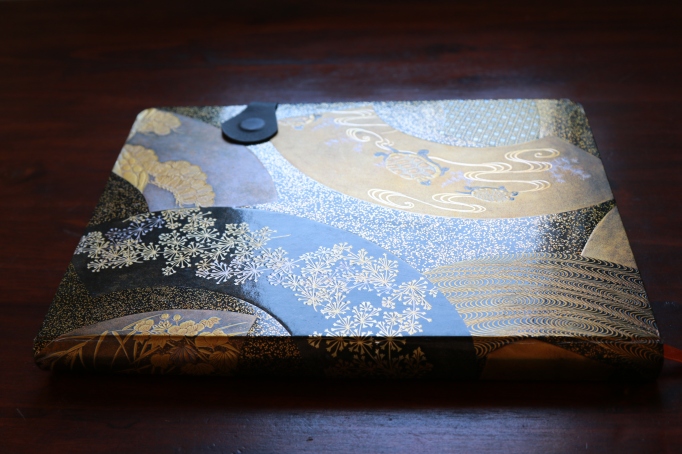
You must be logged in to post a comment.